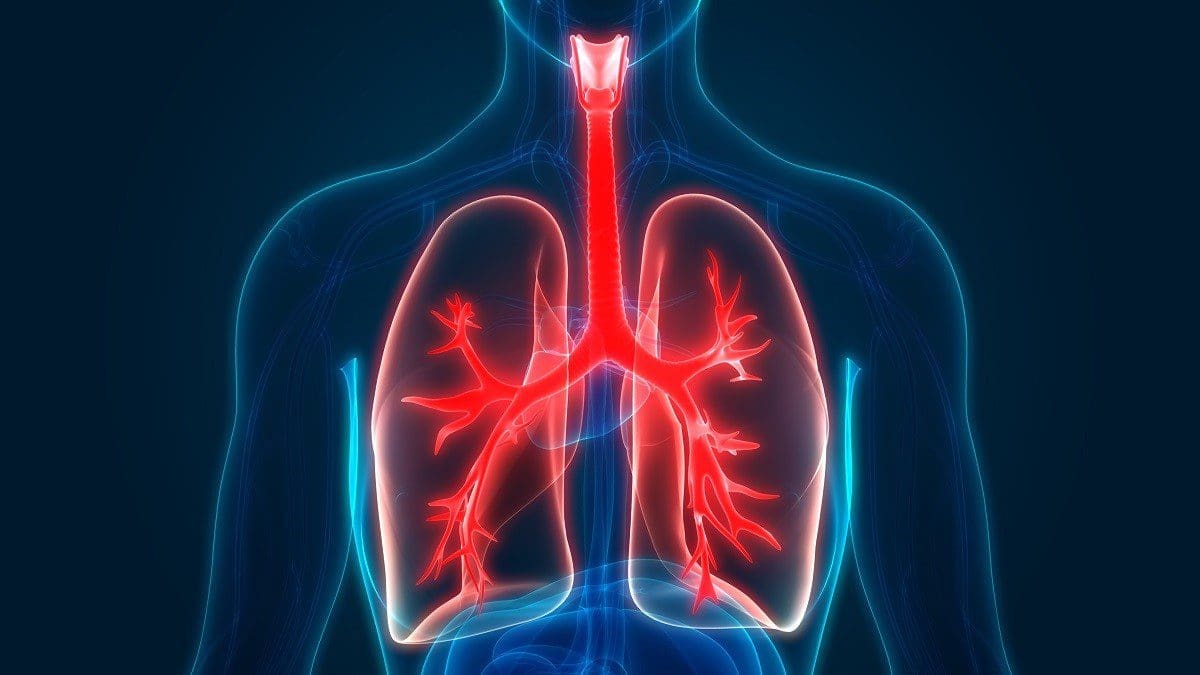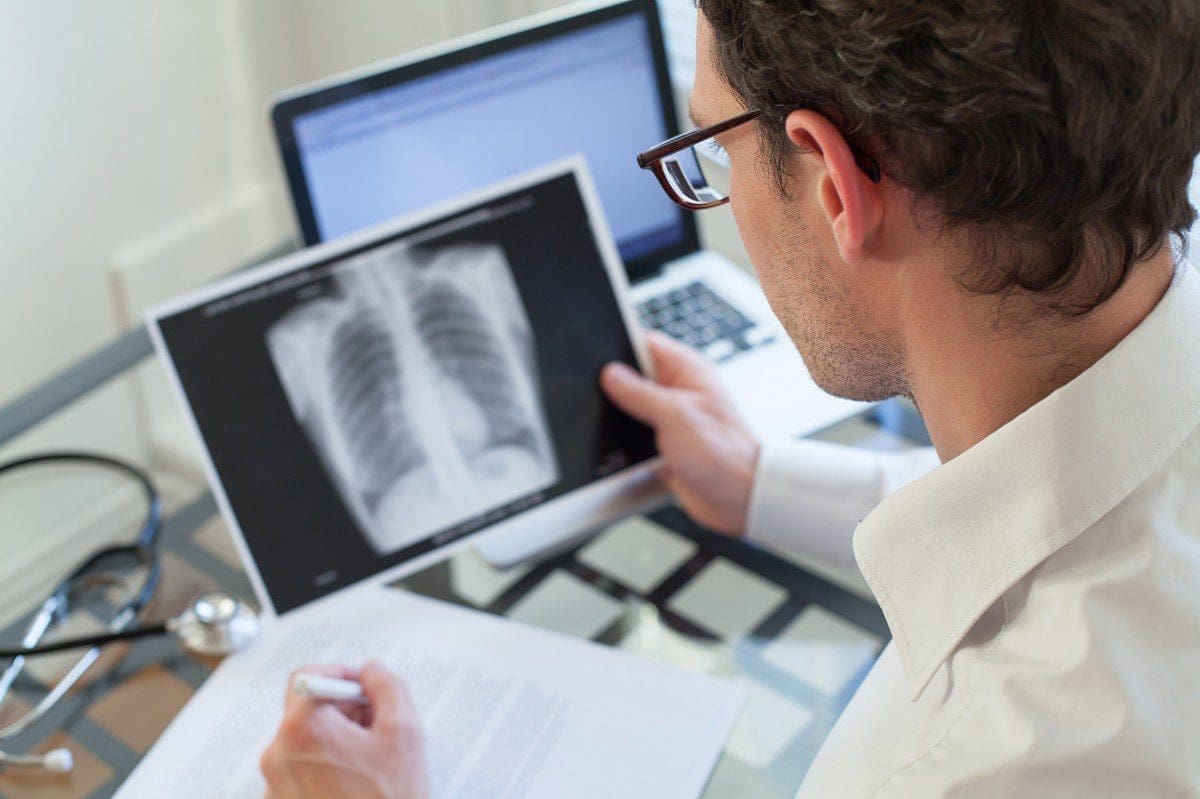
Most people breathe in and out every single day without any issues. For people with pulmonary edema; however, instead of air, fluid fills up their lungs, causing all sorts of symptoms. Many different things could cause a wet lung or pulmonary edema, but most causes are associated with how the heart pumps blood. Pulmonary edema symptoms might present themselves gradually over time or come on suddenly, depending on what’s causing it. What you need to keep in mind is that experiencing sudden warning signs of pulmonary edema is a medical emergency and could be fatal if not treated by a cardiology specialist in Nephi right away.
Different Kinds of Pulmonary Edema
In general, pulmonary edema comes in two types, based on why the lungs are filling up with fluid and not oxygen. These types are cardiogenic or heart-related edema and non-cardiogenic or non-heart-related pulmonary edema. Heart-related edema is caused by elevated pressure in the heart, while non-heart related edema is due to various conditions that cause lung damage.
The American Heart Association, AHA states that congestive heart failure is one of the most common causes of heart-related edema. In people with congestive heart failure, their heart’s left ventricle stops functioning correctly, which in turn reduces their kidney’s ability to filter fluid properly. This raises the pressure in the lungs’ small blood vessels or capillaries and results in excess fluid being pushed into the lungs’, legs,’ and liver’s air sacs, and then heart-related edema.
In non-heart related edema, the blood vessels become leaky and cause fluid to build up in the tiny air sacs or alveoli in the lungs. This kind of pulmonary edema can be caused by many different things including pneumonia, ARDS or acute respiratory distress syndrome, pulmonary embolism, trauma, sepsis, adverse drug interaction, near-drowning, excess smoke inhalation, excess toxins inhalation, as well as the failure of the heart, liver, or kidney.
Common Warning Signs of Pulmonary Edema
The following are pulmonary edema warning signs to watch out for:
- Heart palpitations
- Shortness of breath or breathing difficulties that get worse when lying down or during activity
- Coughing that produces sputum that’s frothy or bloody
- Suffocating or wheezing
- Blue-tinged body or lips
- Chest pain
- Excessive sweating
- Pale, clammy, and cold skin
- Restlessness or anxiety
In the case of chronic pulmonary edema, the symptoms are usually less severe but will manifest more regularly. These symptoms include:
- Rapid, unexplained weight gain
- Breathing issues when lying down
- Shortness of breath, mainly when doing physical activities
- Fatigue
- Coughing or wheezing
- Leg swelling
Treating Pulmonary Edema
Treatment for pulmonary edema might include nitrate meds, high concentrations of oxygen through a mask, diuretics through an IV, and staying upright. Your specific treatment plan would likewise depend on why you’re experiencing pulmonary edema in the first place.
If it’s a circulatory issue, your treatment will focus on boosting the pumping action of your heart and the ability of your kidney to get rid of excess fluid buildup. The most crucial thing to keep in mind is that pulmonary edema can be potentially fatal and requires emergency treatment.

Be the first to comment